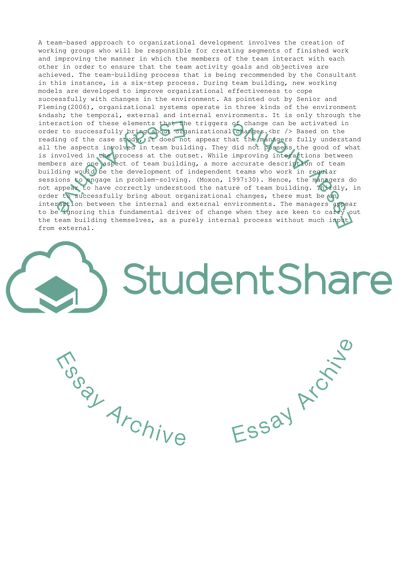Cite this document
(Images of Organisation Assignment Example | Topics and Well Written Essays - 1500 words - 1, n.d.)
Images of Organisation Assignment Example | Topics and Well Written Essays - 1500 words - 1. https://studentshare.org/business/1717293-organisational-change-and-development
Images of Organisation Assignment Example | Topics and Well Written Essays - 1500 words - 1. https://studentshare.org/business/1717293-organisational-change-and-development
(Images of Organisation Assignment Example | Topics and Well Written Essays - 1500 Words - 1)
Images of Organisation Assignment Example | Topics and Well Written Essays - 1500 Words - 1. https://studentshare.org/business/1717293-organisational-change-and-development.
Images of Organisation Assignment Example | Topics and Well Written Essays - 1500 Words - 1. https://studentshare.org/business/1717293-organisational-change-and-development.
“Images of Organisation Assignment Example | Topics and Well Written Essays - 1500 Words - 1”. https://studentshare.org/business/1717293-organisational-change-and-development.


